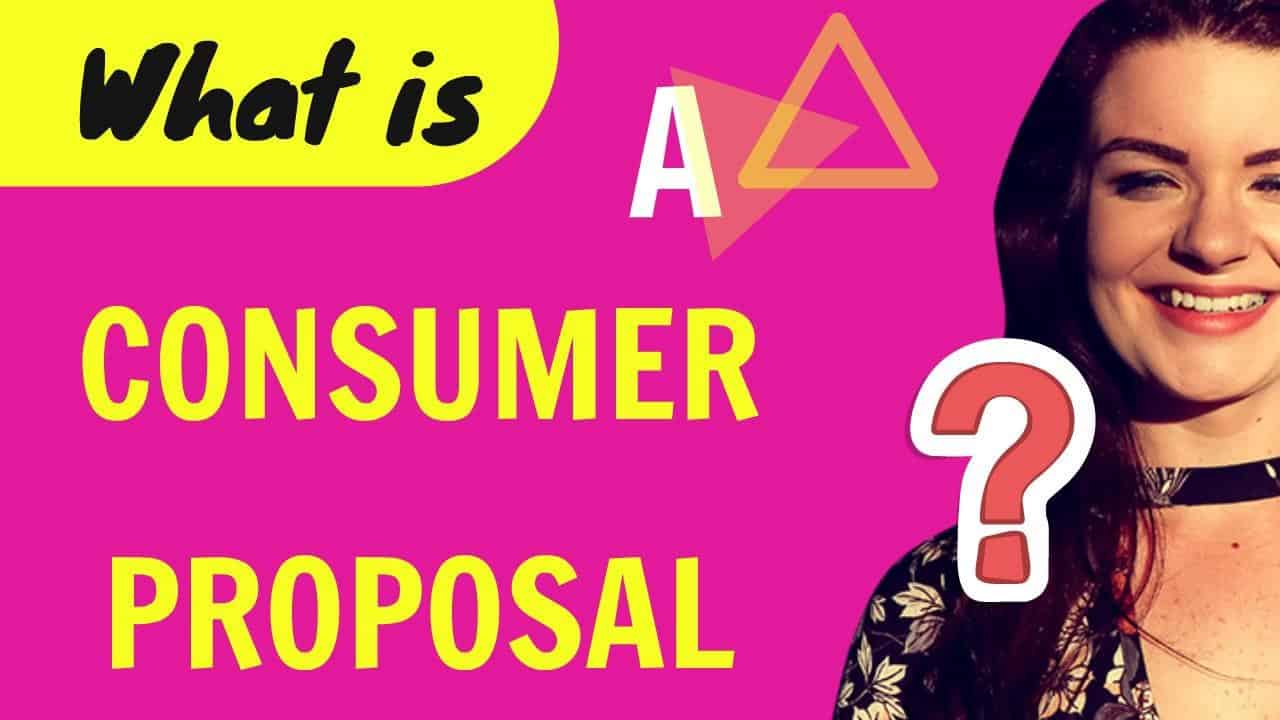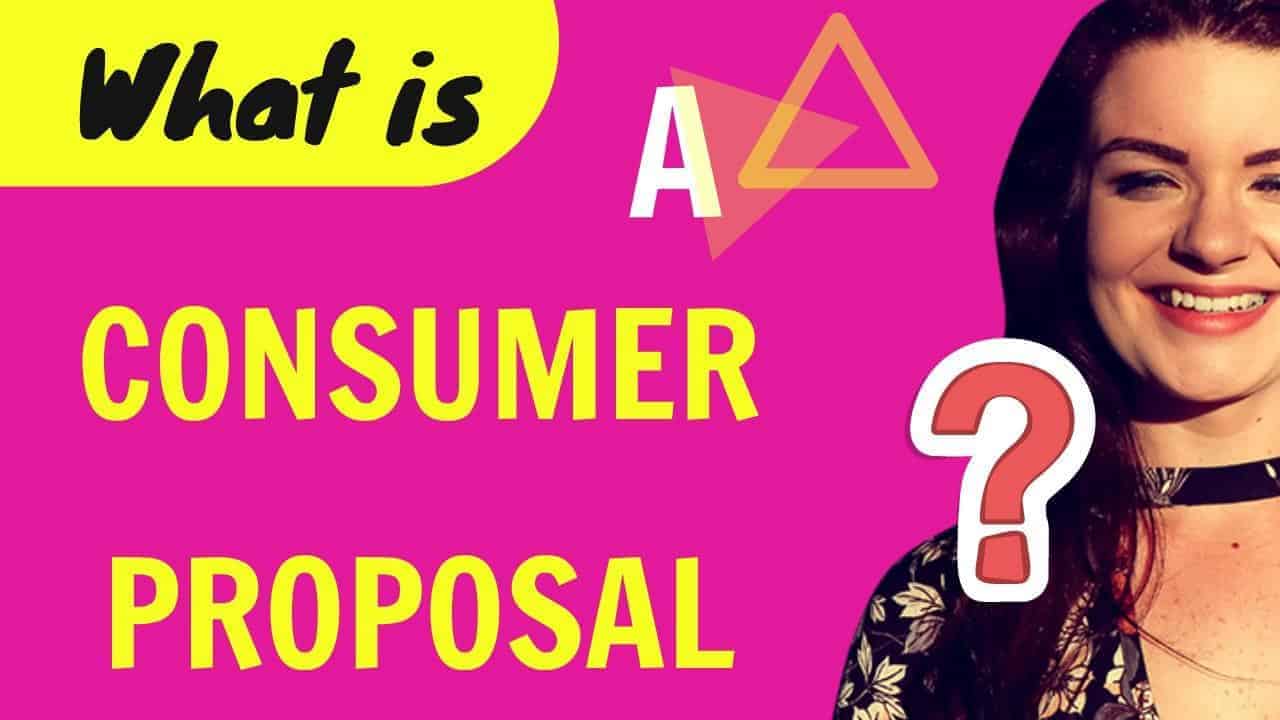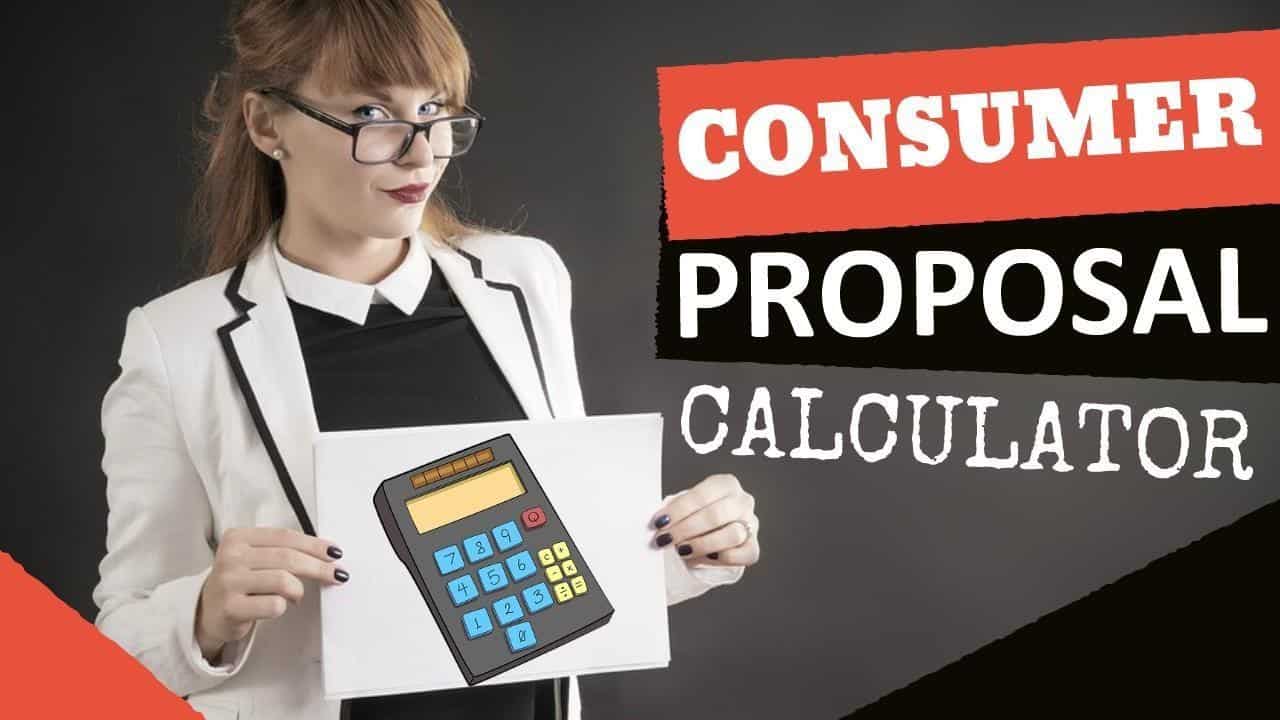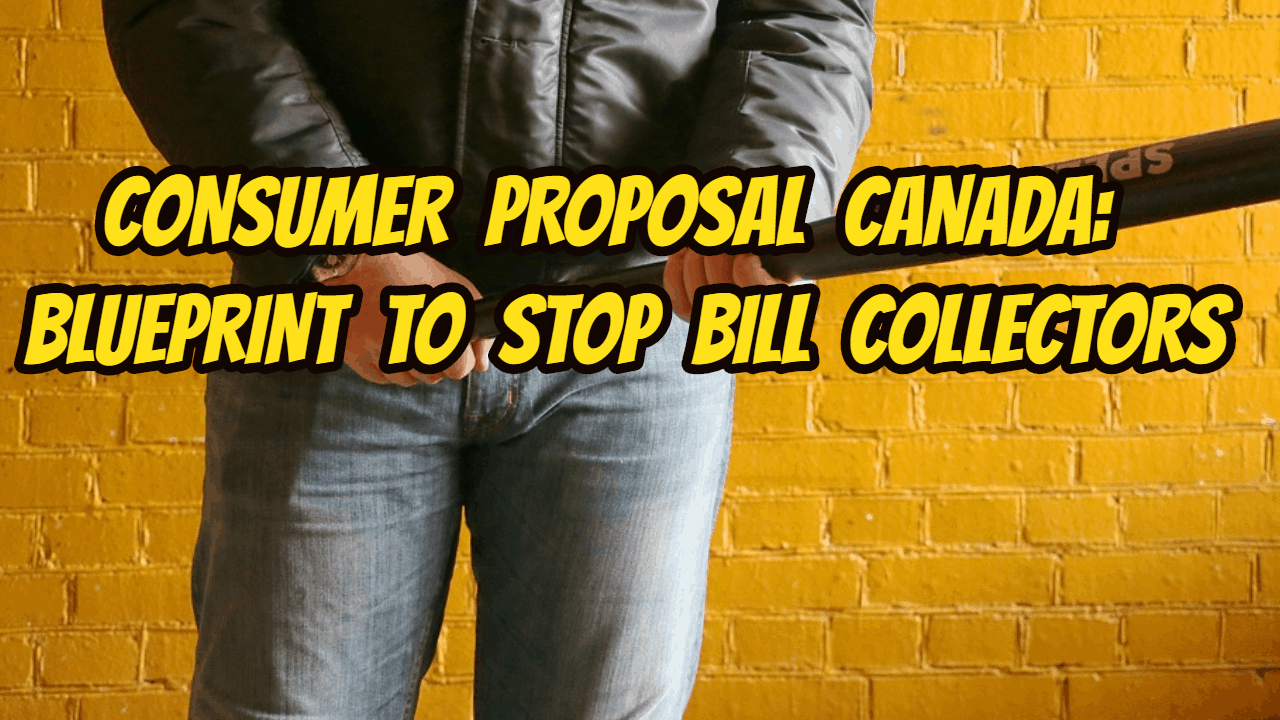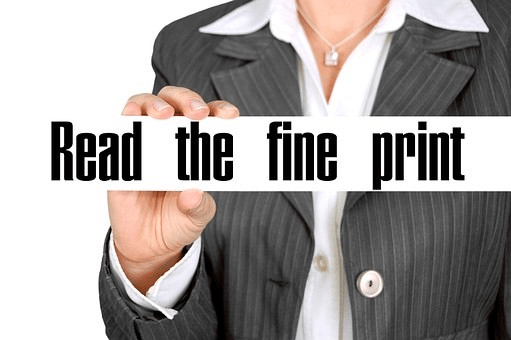The Ira Smith Trustee Team is absolutely operational and Ira, in addition to Brandon Smith, is readily available for a telephone consultation or video meeting. We hope that you and your family are safe and healthy.
Consumer proposal in Ontario introduction
I will begin with a consumer proposal in Ontario definition:
A consumer proposal is a formal binding deal made to your unsecured creditors to resolve your debt for less than the total owing. To help you decide if a consumer proposal in Ontario is the right choice for you, I will answer the most often asked questions.
A consumer proposal in Ontario: Is it worth it?
I say most definitely indeed. A successful restructuring is binding on all unsecured creditors. It is a legitimately binding deal between you and your creditors if the offer is accepted. A consumer proposal in Ontario is an excellent debt settlement plan for people who have the ability to pay off a percentage of their debts, however not their total debt.
What is a consumer proposal in Ontario?

A consumer proposal in Ontario is a means to stay clear of filing bankruptcy by negotiating with your creditors to pay off a portion of what you owe. If you have high and even just average month-to-month income, it is a more sensible alternative to remove your debt obligations this way than to declare bankruptcy. This procedure leads to a lawfully binding contract between you as well as your unsecured creditors that allows you to resolve your financial debts at a much lower rate, interest-free, over an extended time period.
The Licensed Insolvency Trustee (Trustee) in a consumer proposal is inspired to find the sweet spot for both the debtor and the creditors. A number that is sufficiently high that it is a better alternative for your creditors than your bankruptcy. That number has to be acceptable to the creditors yet realistic as to what you can afford to pay in monthly instalments of no more than 60 months.
A consumer proposal is usually the way of achieving that goal. In reality, the leading advantage is that you get to keep all your assets. Such a proposal can last up to a maximum of 5 years. It is a debt relief remedy that permits you to eliminate your debt by only paying off a portion. When you file, any interest charges stop. Unlike a bankruptcy, in a consumer proposal in Ontario, you get to keep your possessions.
When is a consumer proposal in Ontario appropriate?
To discover out if a consumer proposal is a right option for you, set up a meeting with a Trustee to review your individual scenarios.
The Trustee will review your financial situation as well as describe the advantages and disadvantages of the numerous options that can help you fix your financial troubles.
If you make a decision to submit a consumer proposal in Ontario, the Trustee, who is called an Administrator under a consumer proposal will deal with you to establish a debt settlement plan that helps both you as well as your creditors.
A consumer proposal in Ontario: How do you qualify for one?

A consumer proposal in Ontario is for people who are able to make some payments to creditors. However they need to change the present arrangement of their repayments because it deals with a portion of their creditors or debts, but not all of them.
You can submit a consumer proposal if you are an individual that owes $250,000 or less in unsecured financial obligations.
The large distinction between bankruptcy and this sort of restructuring plan is the monthly settlement. As soon as the arrangement is finalized and the plan agreed to, you make a single payment each month while the proposal is running.
The consumer proposal in Ontario is one of the most frequently used options for settling your debts in Ontario and the rest of Canada. If you and your Trustee determine that a consumer proposal is much better for your financial scenario than bankruptcy or any type of various other debt-relief option. You and your Trustee will begin to craft a negotiation deal. Your deal will be evaluated by your creditors.
A consumer proposal in Ontario is normally the preferred option to bankruptcy. Part of making a decision about whether bankruptcy or a consumer proposal is right for you is recognizing what sort of financial debts can be included and will be discharged when the proposal is successfully finished.
When is the right time to file a consumer proposal in Ontario?

A consumer proposal in Ontario is for individuals who are not able to pay their debts off in full every month. The right time to file is if any of the following sounds familiar. You:
- can only afford to make the minimum monthly payments on your credit cards;
- are being called by bill collectors;
- make interest-only payments because you cannot afford to pay down the principal amount of any debt;
- get calls from Canada Revenue Agency (CRA) trying to collect past due taxes;
- are being sued by creditors;
- have CRA or judgment creditors garnisheeing your bank account or your wages;
- need to use an overdraft facility or line of credit in order to make ends meet each month;
- are working and have money left over at the end of each month AFTER reversing any amounts paid in the month towards their debts.
If you answered yes to one or more of these questions, then now may be the right time for you to file a consumer proposal in Ontario.
What happens if I co-signed a loan with someone?
If you submit a consumer proposal in Ontario, your co-signer will certainly be responsible for repaying these financial obligations; the financial debt will certainly not be gotten rid of unless you are able to file a joint consumer proposal. If you cannot file a joint consumer proposal, then the other person would have to look at filing their own consumer proposal in Ontario.
What happens when I file a consumer proposal in Ontario?
A consumer proposal in Ontario does not handle secured creditors. Submitting one can make keeping up with your home mortgage or auto loan easier. Look at your regular monthly budget plan, and see if you think you can pay for a consumer proposal. This process does NOT affect the mortgage on your residence or a secured automobile financing arrangement.
A proposal is a contract made between you and your creditors. With a legally-binding consumer proposal filing, you need to repay a percentage of your financial debts and/or expand the time you need to repay your debts completely. For those that can not manage to repay their financial obligations, it is the best financial debt consolidation program available. If you are looking for a debt settlement, this is a far better option.
For the majority of people, a consumer proposal in Ontario is a more attractive option to bankruptcy; nonetheless, it is still thought about as a kind of insolvency procedure. For Canadians looking for debt relief, it is a choice for insolvent debtors that isn’t as severe as declaring bankruptcy. During your initial no-cost consultation, your Trustee will certainly describe all your financial debt settlement choices to determine which one is the most appropriate one for you.
The Trustee acting in your consumer proposal acts as the Administrator. Within 10 days after filing with the Office of the Superintendent of Bankruptcy Canada (OSB), the Administrator will certainly prepare a report describing the outcomes of its investigation, the Administrator’s point of view regarding whether the consumer proposal is fair and sensible for the creditors and the debtor, and whether the debtor will have the ability to perform it.
The consumer proposal Ontario rules state that documents have to be successfully filed, the plan approved by your creditors and court-approved, and the debtor making all the payments promised in the plan. At that point, the trustee issues a certificate of full performance. The Trustee provides you with a copy and also files a copy with the OSB.
What does a consumer proposal in Ontario do to your credit?
Leaving debt behind with a consumer proposal in Ontario is commonly the preliminary step to improving your credit score. Much like any type of debt settlement program, getting through a consumer proposal successfully will ultimately improve your credit score. Most people see a rejuvenation in their credit score swiftly after finishing the program.
For those that don’t want to go file for bankruptcy, the consumer proposal in Ontario is much less intrusive. A proposal is integrated with needed credit counselling. If you are unable to settle every one of the unsecured debts that you owe, nevertheless, have consistent work and income, you can find that a consumer proposal in Ontario is a viable alternative to bankruptcy.
Once your consumer proposal in Ontario is completed, you are in the next phase of taking control of your finances
A proposal is a practical choice if you have surplus income or assets you want to maintain. A proposal is a legal action under the Bankruptcy and Insolvency Act (Canada) (BIA) that supplies a stay of proceedings that immediately stops all creditor lawsuits and other actions. This includes most wage garnishments and calls from creditors and collection agencies.
If you are dealing with creditor calls or being threatened with legal action, this consumer proposal process can assist you to remove your financial debts.
Settlements in a consumer proposal in Ontario are worked out upfront. The responsibilities called for in a proposal are less than those in personal bankruptcy. A consumer proposal has actually fewer needed duties than bankruptcy. As you can see, it is a viable means to remove all your frustrating unsecured financial obligations and to get your life back on track.
A consumer proposal in Ontario is also something to think about if your month-to-month payments under a different debt management strategy may be too expensive for you to manage. Your regular monthly repayment on your consumer proposal is remitted to your creditors by the Trustee.
What happens to my credit cards when I file a consumer proposal?

When you file a consumer proposal in Ontario or any other part of Canada, you do not need to turn over your credit cards to your Trustee. Nonetheless, the reality that you submitted a consumer proposal will turn up on your credit record.
When your Trustee sends a notice to any credit card company you owe money to, they will certainly recognize it. They will then cut off your ability to make use of your charge card. If you have a charge card where you do not owe any money on when you file, that credit card firm will not obtain notice of your filing due to the fact that they are not a creditor of yours when you file a consumer proposal in Ontario.
Nonetheless, when they do their typical ongoing credit review of you, they will discover that you have filed. When they learn of your filing, they might very well stop you from being able to use that credit card.
Which debts are eligible for a consumer proposal in Ontario?
The majority of your unsecured financial obligations can be combined and consequently eliminated in an effective consumer proposal in Ontario. Some unsecured debt cannot be compromised. As an example, a lot of student loans frequently can not be included, especially if it has actually been less than 7 years from when somebody stopped being a full time or part-time student.
Also, your valid secured financial obligations are likewise not compromised.
A consumer proposal in Ontario will eliminate income tax owing
A consumer proposal in Ontario and the rest of Canada is the only technique that can be made use of to pay less than the total amount of the taxes you owe to the CRA. A consumer proposal is a safe as well as a trustworthy way to eliminate your financial obligations but it can likewise be the cheapest in terms of regular monthly repayments. The consumer proposal will take care of your income taxes owed from tax returns that were submitted prior to the proposal date.
Due to the fact that each personal situation is distinct, the advantage of a consumer proposal is that it can be tailored particularly to satisfy your requirements. This is the only government-approved debt negotiation alternative for resolving your debts in Canada, besides an assignment in bankruptcy. A consumer proposal is an option to discuss repayment terms with your creditors via the Trustee, for a lot less than what you owe today.
The CRA collector is not allowed to consider accepting less than 100% of what you owe to CRA unless you file a consumer proposal.
What consumer proposal in Ontario stage are you at?
Regardless of what stage in this process you may go to (even if you are still considering one), you probably have questions about what to anticipate after your consumer proposal in Ontario is filed. A consumer proposal is better than a bankruptcy with regard to your credit rating. A consumer proposal is an R7 rating and is a little bit of an improvement for eliminating everything you owe, in return for the effort of paying off a part of what you owe. A successful consumer proposal will in fact assist you to prevent bankruptcy.
An additional advantage of a plan similar to this is that your Trustee is typically able to work out a higher principal decreases than you might by yourself. What sets this plan apart from paying the minimum payments allowed by your creditors by yourself is the truth that a consumer proposal freezes your interest and penalty charges. Once accepted and approved, it is a binding contract between you and your creditors. Once you fully perform the consumer proposal in Ontario, your creditors will consider your financial debts paid in full for much less than what you in fact owe.
A consumer proposal is an extremely typically utilized means to resolve your financial obligations, without declaring bankruptcy. A consumer proposal is a very powerful legitimately binding method to settle your debts, which normally puts an end to garnishments and also various other legal activities against you and stops collection telephone calls, as well as allow you to maintain control of your assets.
What happens if I miss a payment for my consumer proposal in Ontario?
In making a proposal to your creditors, it is necessary for you to make your month-to-month payments in a timely manner. If you miss 3 payments during the term of the proposal, it is annulled. This means that the consumer proposal in Ontario is brought to an end by default.
In certain scenarios, an amended proposal might be submitted before the default happens. However, when a default occurs and an amended proposal is not submitted and accepted by the unsecured creditors in time, the debts owing to the unsecured creditors are not discharged.
In this situation, the unsecured creditors will start to seek payment from you directly for the total of your pre-proposal financial debts. If you have actually defaulted and the consumer proposal is annulled, you are forbidden from filing another consumer proposal in Ontario and elsewhere. However, you can file for bankruptcy.
What happens to my credit score if I file a consumer proposal in Ontario?
When you file a consumer proposal in Ontario, you will be given an R7 score, which shows you have made a settlement with your creditors. This score will remain on your credit report for three years after your consumer proposal has been fully paid off.
How much does a consumer proposal in Ontario cost?
A consumer proposal in Ontario costs need to be in accordance with the provisions of the Typically, a Trustee will work with you to establish the total amount you need to provide for your creditors in a consumer proposal. This calculation does not take into account the Trustee’s fee and disbursements allowed under the BIA.
The Trustee can take its fee and expenses from the funds you pay into the consumer proposal as allowed by the BIA. It’s vital to keep in mind that you need to never ever be billed directly for any services connected to filing a consumer proposal in Ontario.
Is a consumer proposal in Ontario right for you?
This is a remarkable program for individuals, households, and sole proprietors who are encountering economic hardship and require a sensible option to their debt troubles. This procedure has no covert costs. While a consumer proposal commonly lasts longer than bankruptcy proceedings, the complete cost to you may be much less since you retain your assets and also there are no surplus income payments.
A consumer proposal is a feasible option to manage small business debts in a proprietorship if the overall unsecured debts do not exceed $250,000. This program is not for debts owed by an incorporated business. There is a debt relief program in the BIA for companies. A consumer proposal in Ontario is just one of the most effective, and also best, financial debt settlement options that are readily available.
What is a consumer proposal helpful for? It is a fantastic way to take advantage of a lot of the benefits of bankruptcy without serious disadvantages such as the loss of assets. All of your assets need to be accounted for, but they are shielded from a seizure when your consumer proposal is approved.
Both bankruptcy and a consumer proposal are financial debt elimination choices allowing those that are in substantial debt to get out from under that burden. However, the consumer proposal in Ontario is much less disruptive to their lives. Choosing to submit a consumer proposal is about being proactive in taking care of your financial obligations.
If your financial circumstance is such that budgeting or refinancing can not resolve your recurring economic crisis, a consumer proposal is probably the best choice under the BIA to resolve your debts. A consumer proposal may be the most effective way to help you stay clear of bankruptcy while settling your debts.
We customize each consumer proposal to fit your unique budget and circumstances. The payments you make are after that split among your unsecured creditors. We also help you with your go-forward plan after filing your consumer proposal in Ontario. As a qualified credit counsellor, we sit down with you to discuss your financial planning in two mandatory counselling sessions.
What is a consumer proposal in Ontario summary
I hope you found this consumer proposal in Ontario Brandon’s Blog about helpful. Sometimes things are too far gone and more drastic and immediate triage action is required.
Do you have too much debt? Are you in need of financial restructuring? The financial restructuring process is complex. The Ira Smith Team understands how to do a complex restructuring. However, more importantly, we understand the needs of the entrepreneur or the person who has too much personal debt. You are worried because you are facing significant financial challenges.
It is not your fault that you are in this situation. You have been only shown the old ways that do not work anymore. The Ira Smith Team uses new modern ways to get you out of your debt troubles while avoiding bankruptcy. We can get you debt relief freedom.
The stress placed upon you is huge. We understand your pain points. We look at your entire situation and devise a strategy that is as unique as you and your problems; financial and emotional. The way we take the load off of your shoulders and devise a debt settlement plan, we know that we can help you.
We know that people facing financial problems need a realistic lifeline. There is no “one solution fits all” approach with the Ira Smith Team. That is why we can develop a restructuring process as unique as the financial problems and pain you are facing. If any of this sounds familiar to you and you are serious in finding a solution, contact the Ira Smith Trustee & Receiver Inc. team today.
Call us now for a free consultation.
We will get you or your company back on the road to healthy stress-free operations and recover from the pain points in your life, Starting Over, Starting Now.
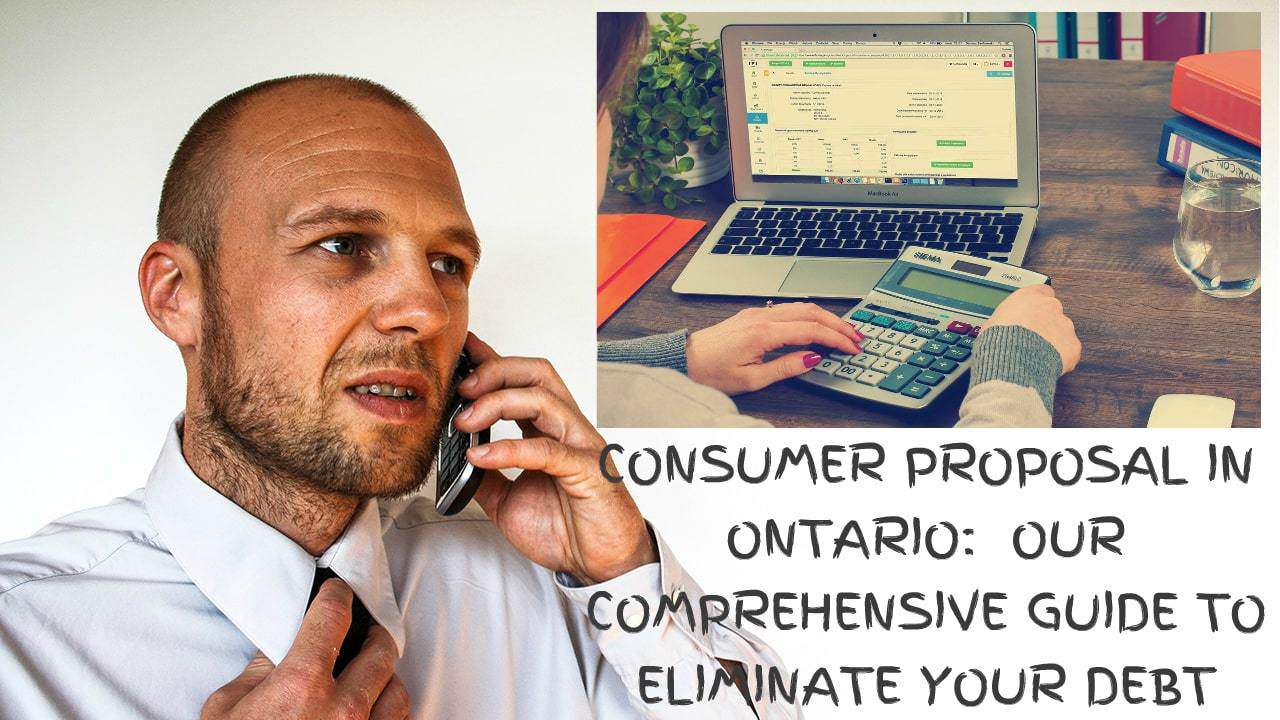 The Ira Smith Trustee Team is absolutely operational and Ira, in addition to Brandon Smith, is readily available for a telephone consultation or video meeting. We hope that you and your family are safe and healthy.
The Ira Smith Trustee Team is absolutely operational and Ira, in addition to Brandon Smith, is readily available for a telephone consultation or video meeting. We hope that you and your family are safe and healthy.

